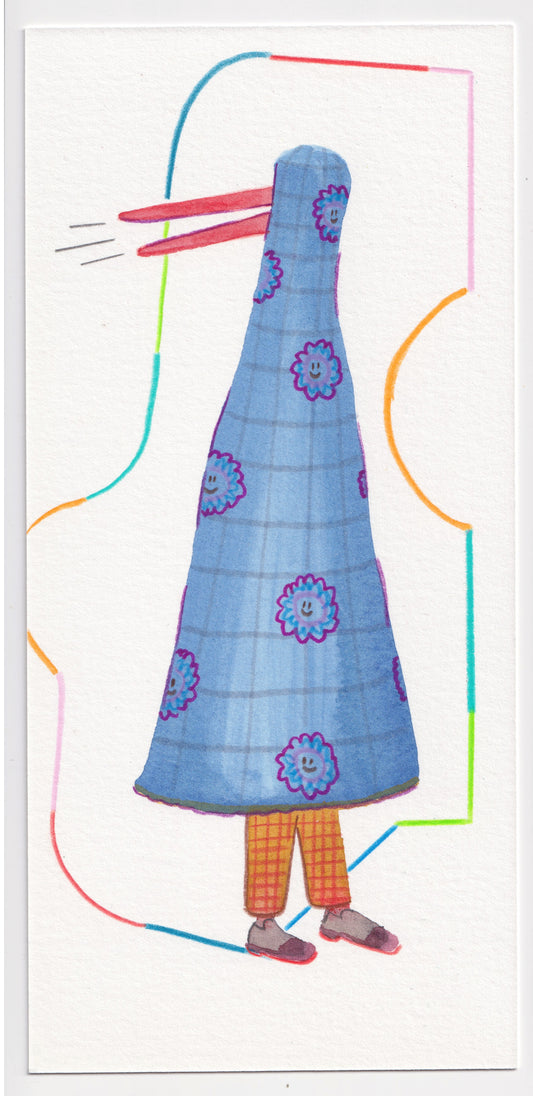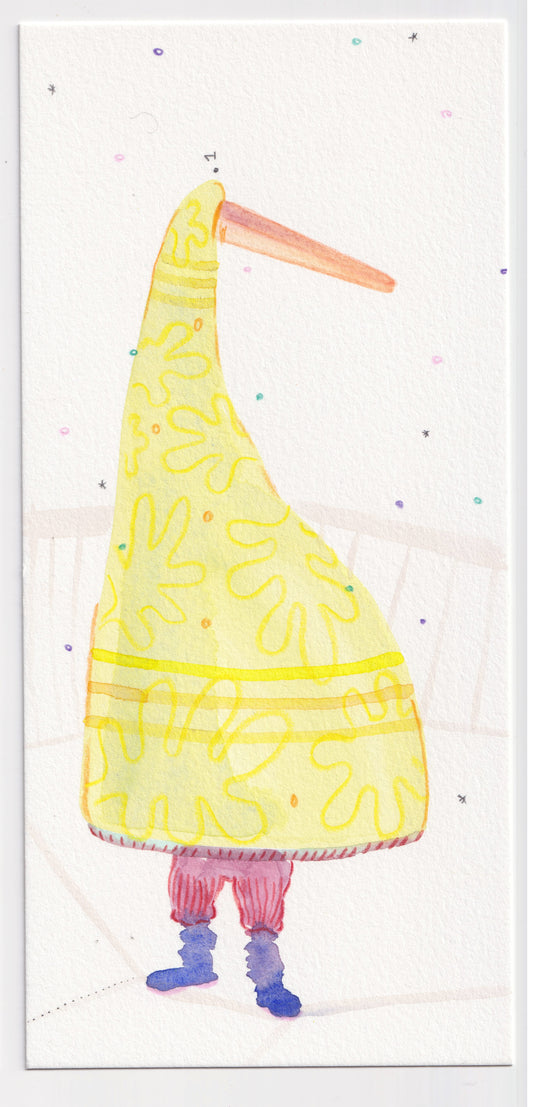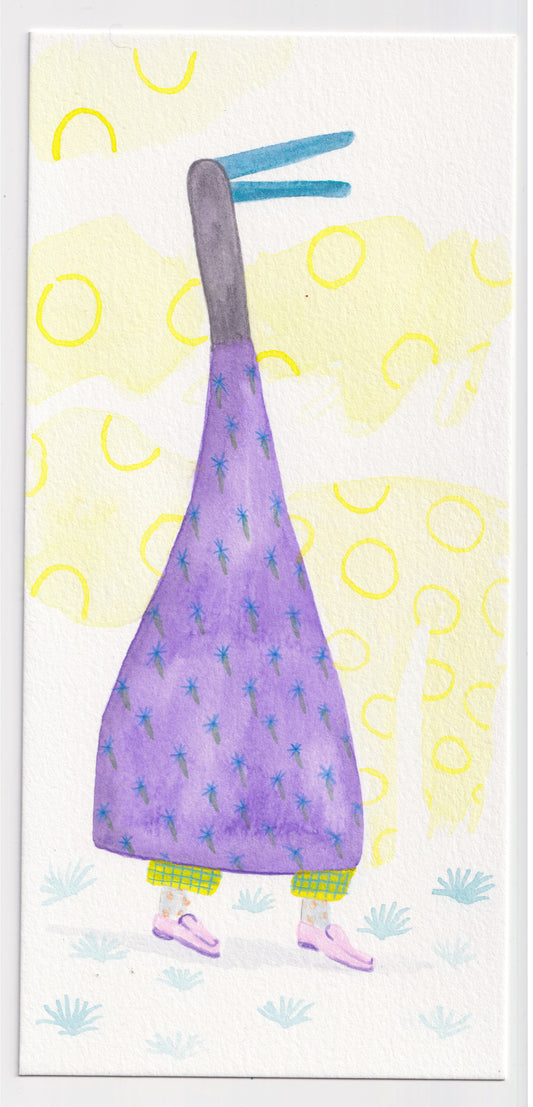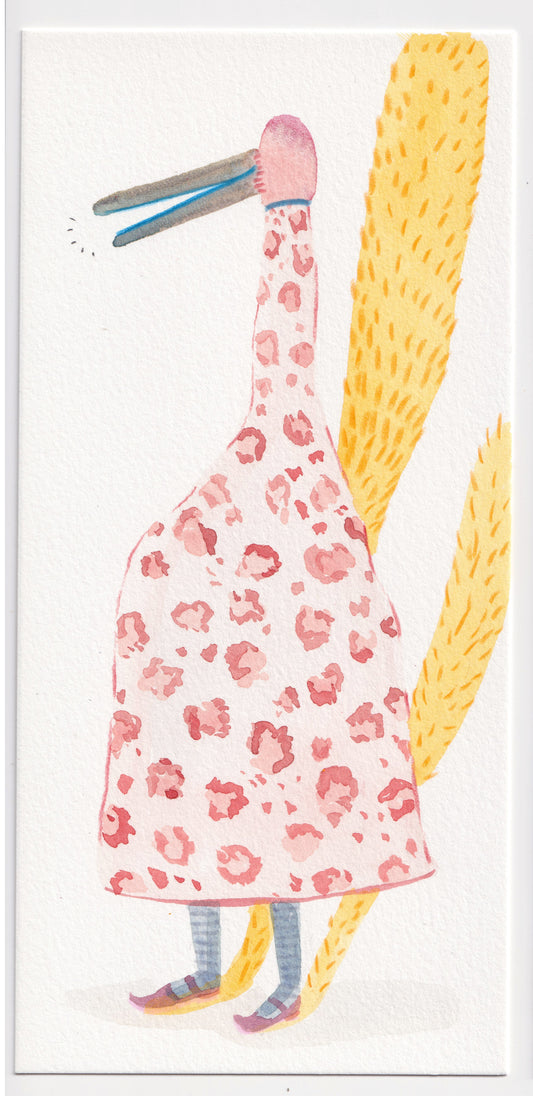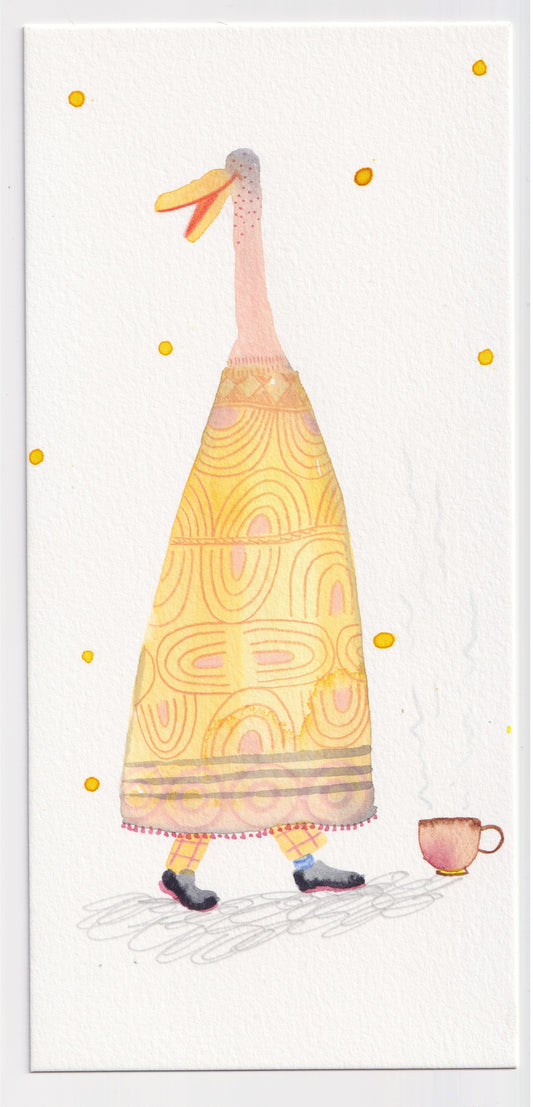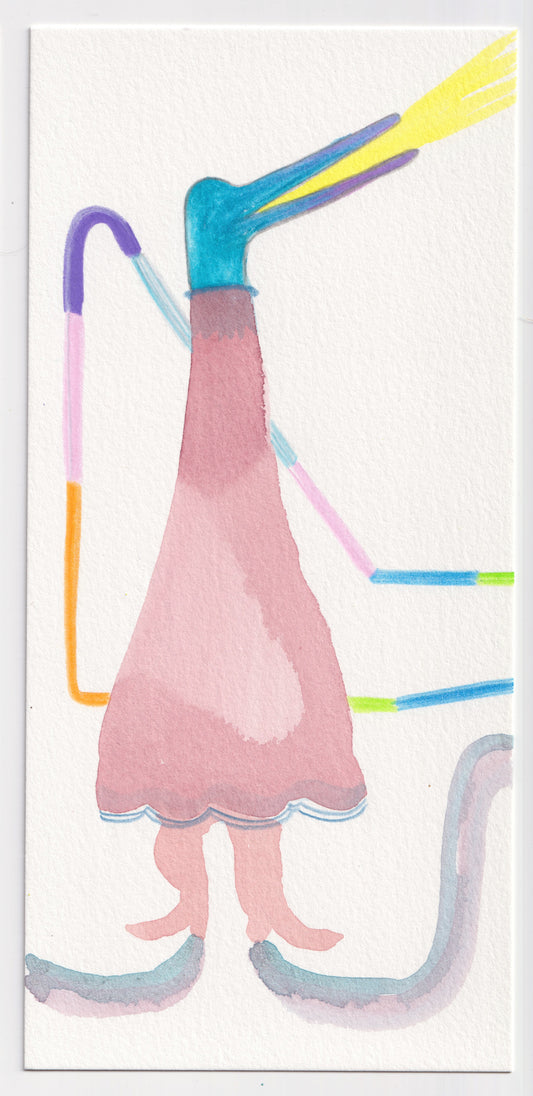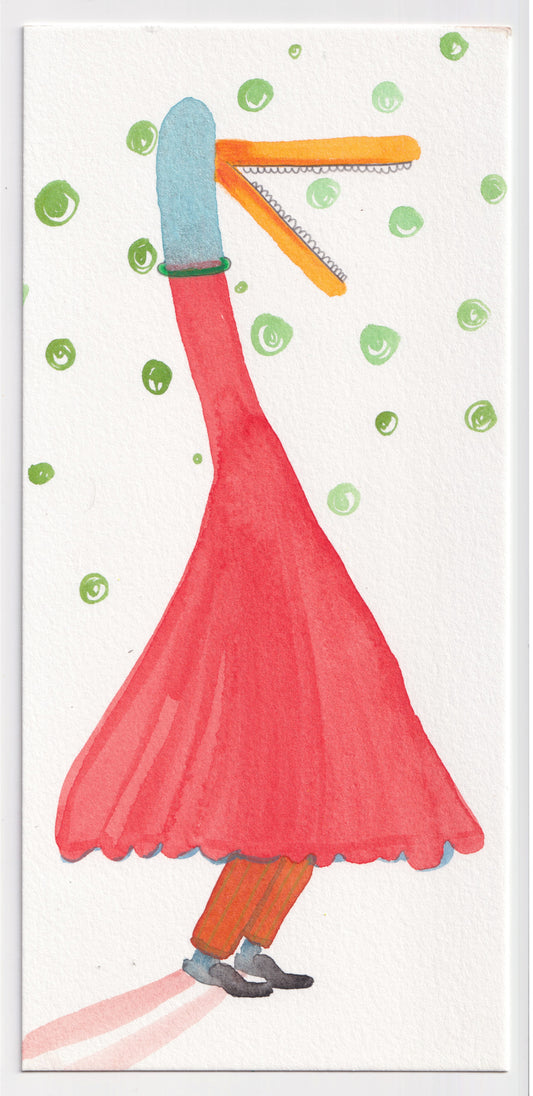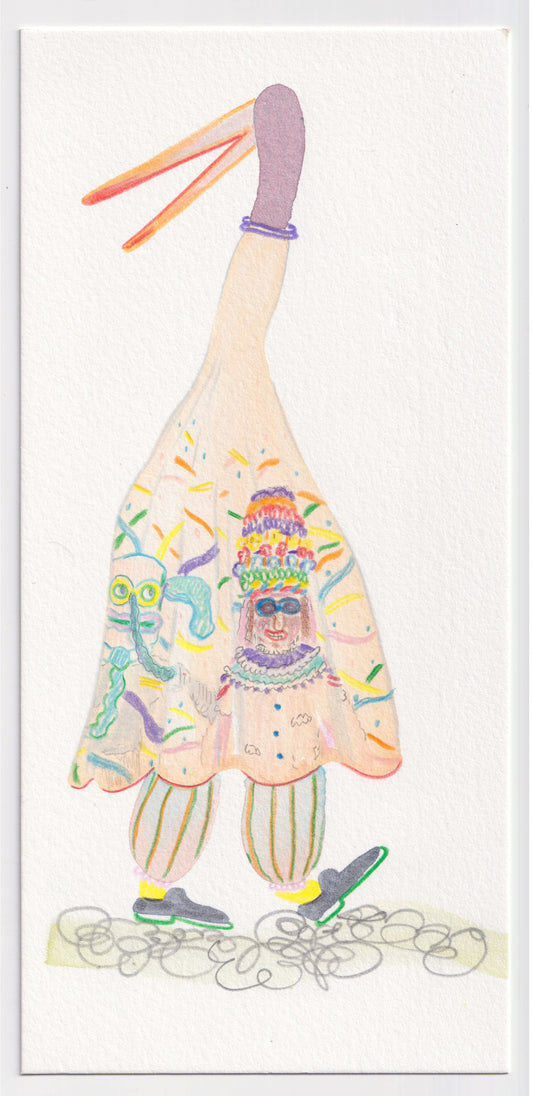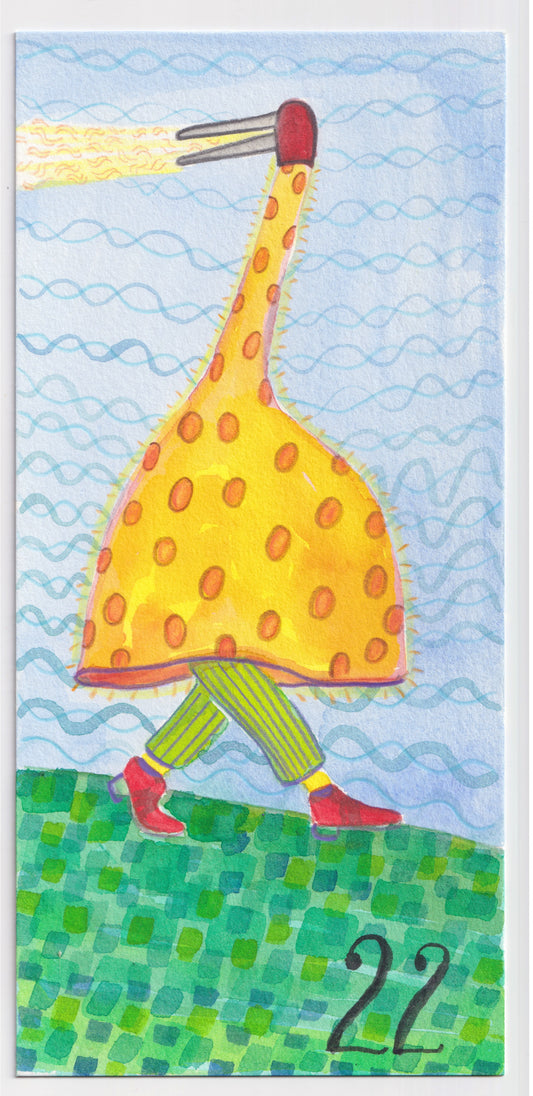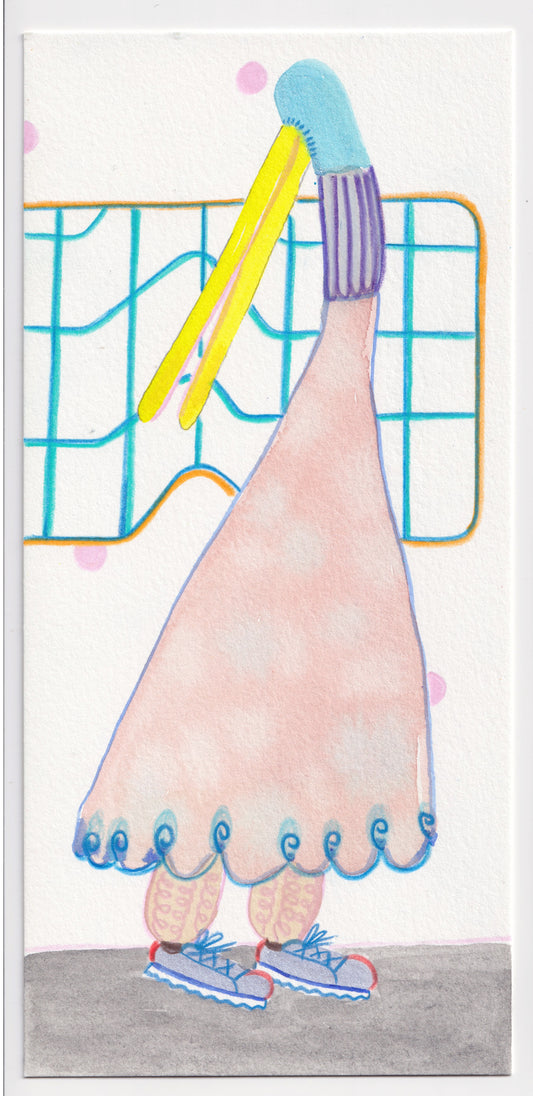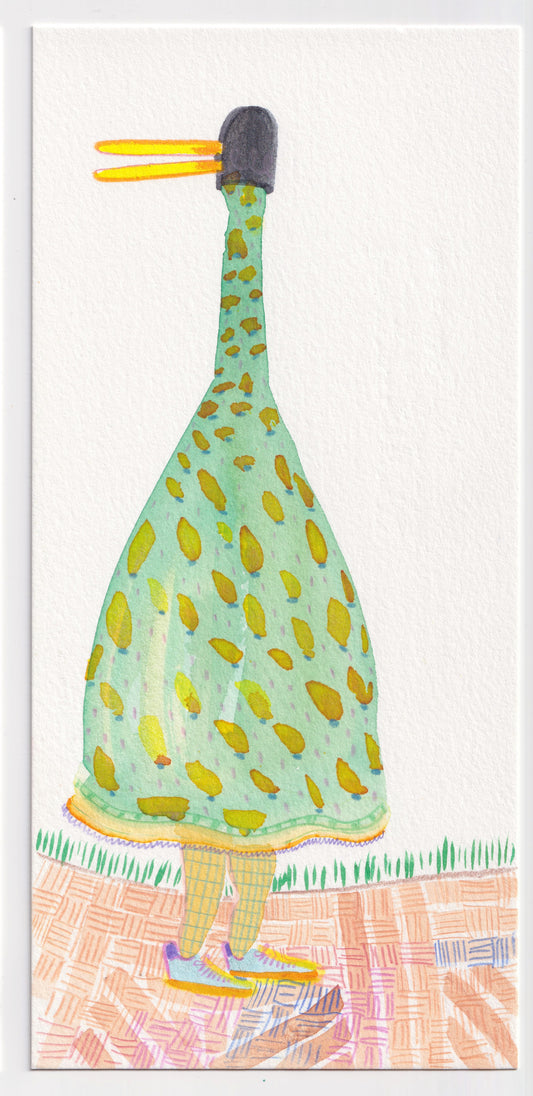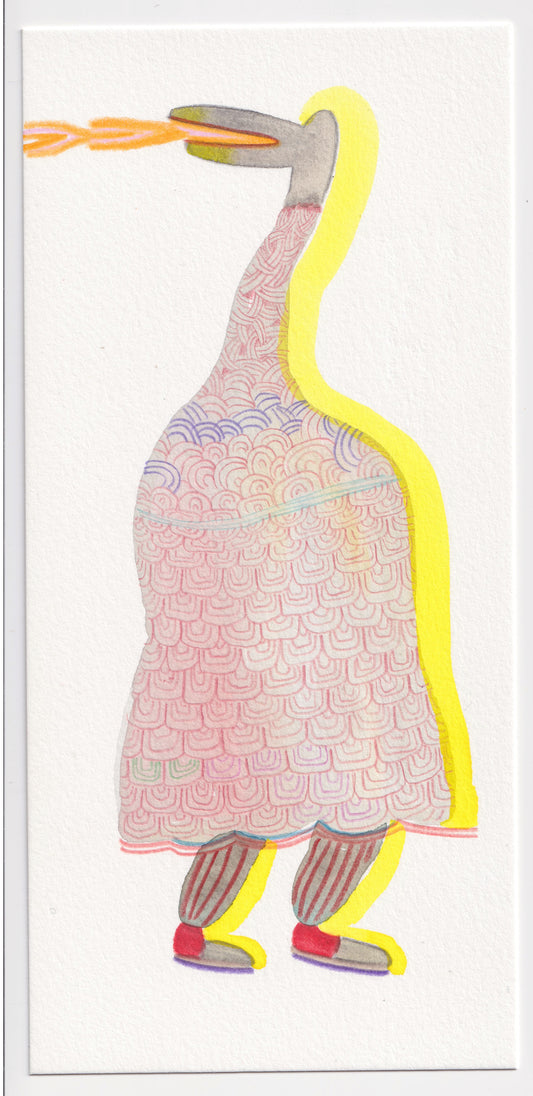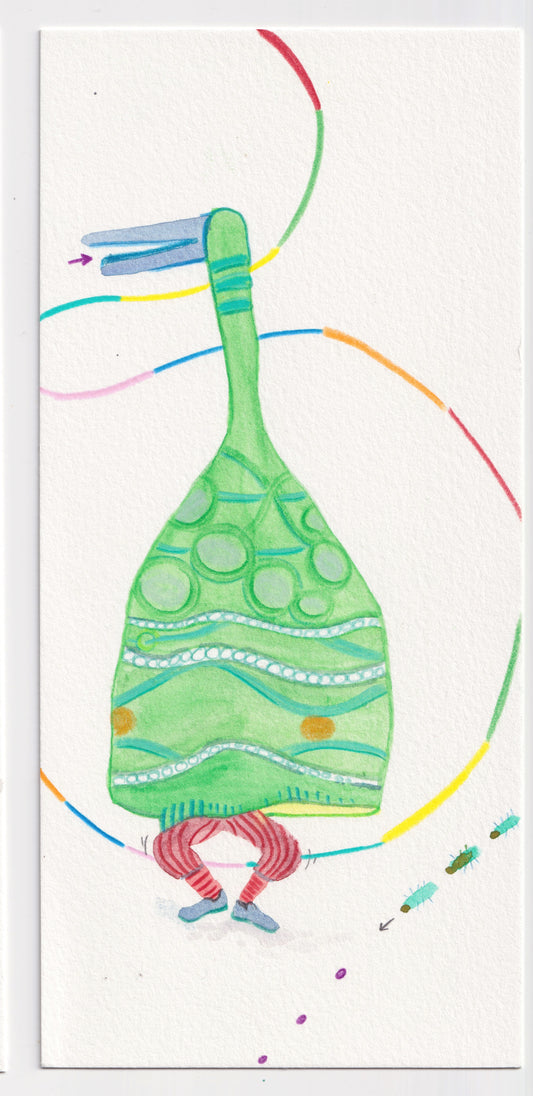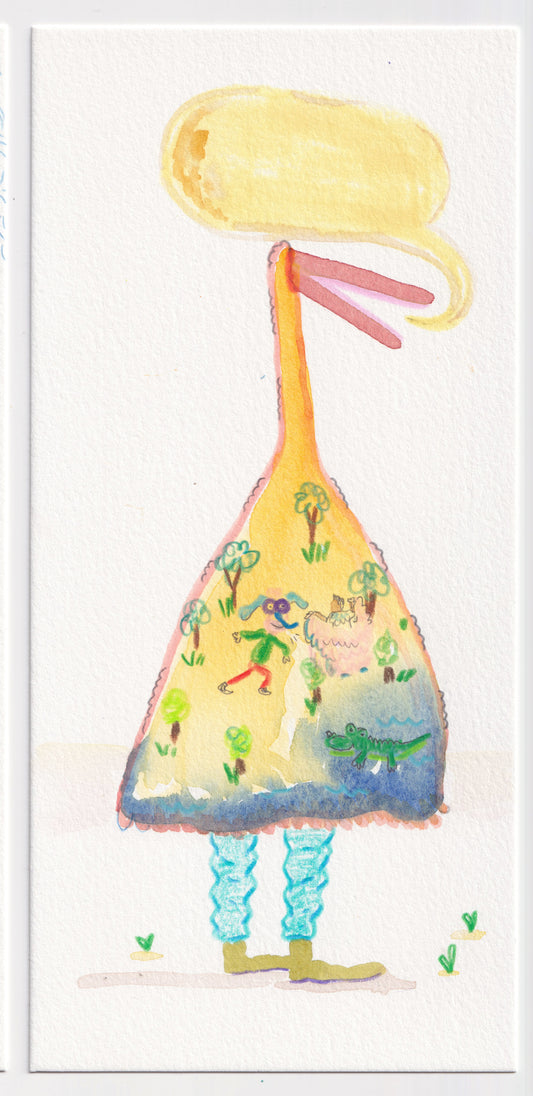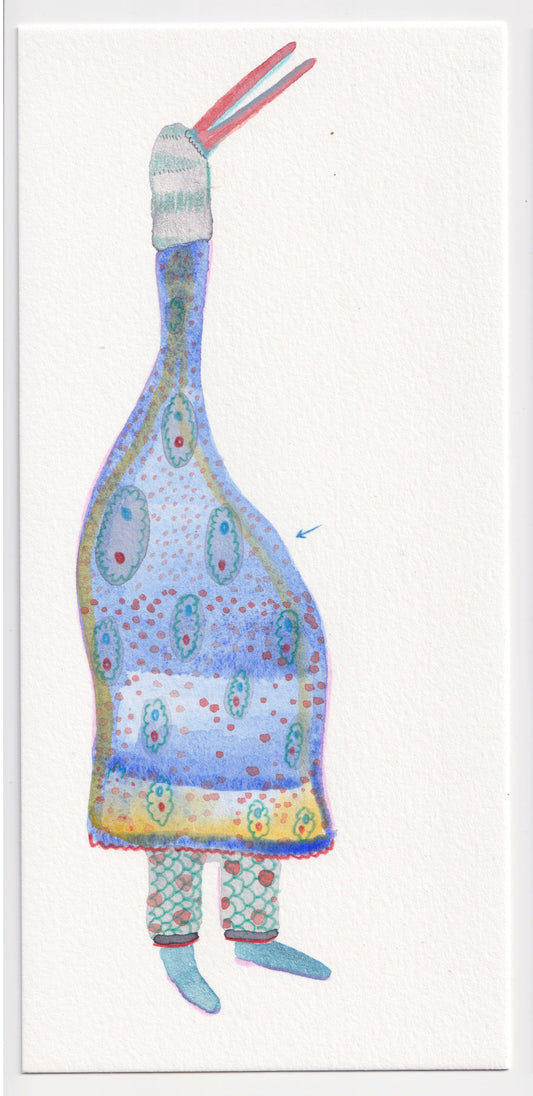-
Juan Pablo Baene | The Dance of the Coyongos
Regular price $ 200.00 USDRegular priceUnit price per -
Juan Pablo Baene | The Dance of the Coyongos
Regular price $ 200.00 USDRegular priceUnit price per -
Juan Pablo Baene | The Dance of the Coyongos
Regular price $ 200.00 USDRegular priceUnit price per -
Juan Pablo Baene | The Dance of the Coyongos
Regular price $ 200.00 USDRegular priceUnit price per -
Juan Pablo Baene | The Dance of the Coyongos
Regular price $ 200.00 USDRegular priceUnit price per -
Juan Pablo Baene | The Dance of the Coyongos
Regular price $ 200.00 USDRegular priceUnit price per -
Juan Pablo Baene | The Dance of the Coyongos
Regular price $ 200.00 USDRegular priceUnit price per -
Juan Pablo Baene | The Dance of the Coyongos
Regular price $ 200.00 USDRegular priceUnit price per -
Juan Pablo Baene | The Dance of the Coyongos
Regular price $ 200.00 USDRegular priceUnit price per -
Juan Pablo Baene | The Dance of the Coyongos
Regular price $ 200.00 USDRegular priceUnit price per -
Juan Pablo Baene | The Dance of the Coyongos
Regular price $ 200.00 USDRegular priceUnit price per -
Juan Pablo Baene | The Dance of the Coyongos
Regular price $ 200.00 USDRegular priceUnit price per -
Juan Pablo Baene | The Dance of the Coyongos
Regular price $ 200.00 USDRegular priceUnit price per -
Juan Pablo Baene | The Dance of the Coyongos
Regular price $ 200.00 USDRegular priceUnit price per -
Juan Pablo Baene | The Dance of the Coyongos
Regular price $ 200.00 USDRegular priceUnit price per -
Juan Pablo Baene | The Dance of the Coyongos
Regular price $ 200.00 USDRegular priceUnit price per

